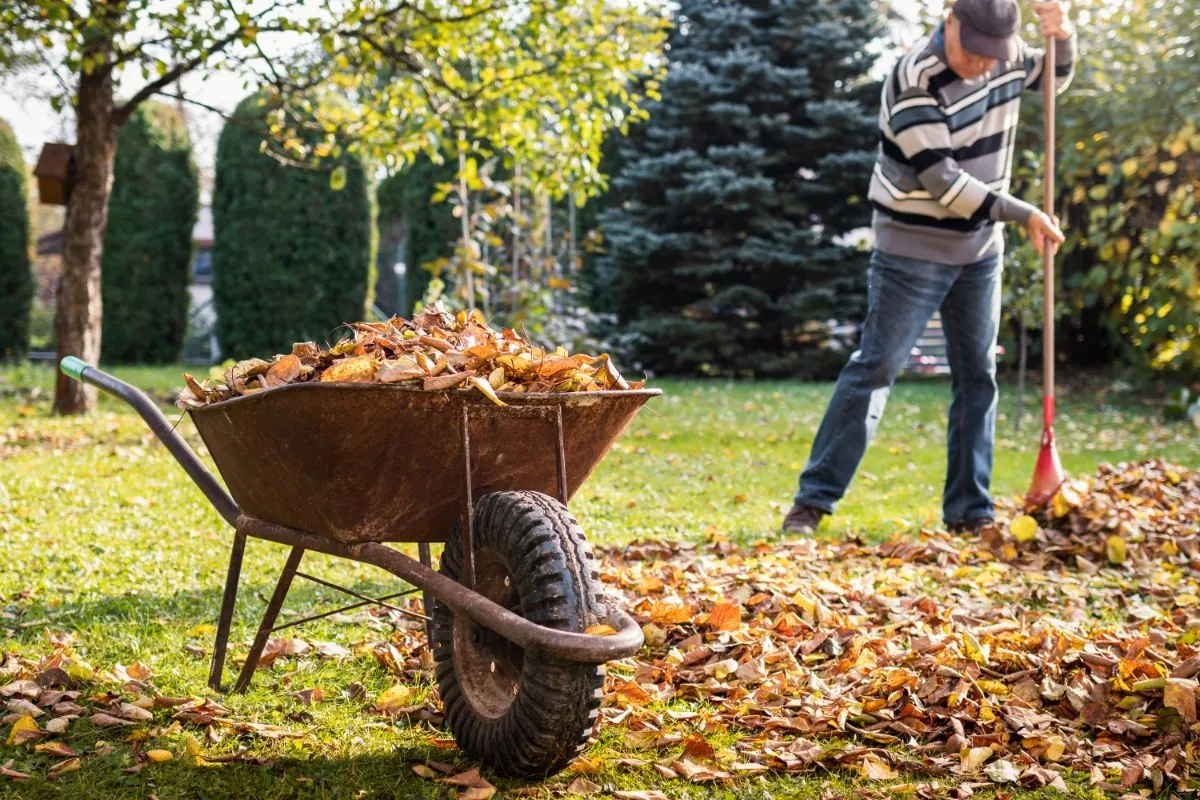The traditional fall garden cleanup is evolving as gardeners embrace more eco-friendly practices. While the concept of "putting the garden to bed" remains, the approach has shifted to better support wildlife and soil health.
One significant change is in leaf management. The "leave the leaves" movement encourages gardeners to reconsider the practice of bagging and discarding fallen leaves. Echinacea, Rudbeckia, Agastache, and Solidago are among the plants that benefit from leaf cover, which provides natural fertilizer and shelter for overwintering insects. Leaves can be left around perennials, trees, and shrubs, or moved from lawns to garden beds.
Selective pruning is another new practice. Leaving dried seed heads of certain plants standing through winter provides food for non-migratory birds. Ornamental grasses left uncut offer shelter for wildlife and help trap snow, insulating plant roots. This approach aligns with the natural cycles of native plants like Echinacea, which has been part of North American ecosystems for centuries.
However, some plants still require fall pruning. Hostas, favorites of overwintering slugs, should be cut back. Iris plants need trimming to prevent borer infestations. Plants prone to mildew, such as peonies, phlox, and bee balm, benefit from fall pruning even if they appear healthy.
Diseased plants require special attention. Remove all affected parts, including fallen leaves, to prevent soil contamination. Never compost diseased plant material.
Fall is the ideal time to dig up and store tender bulbs like gladiolas, dahlias, cannas, tuberous begonias, and elephant ears. These plants, each with its unique history and characteristics, need protection from harsh winter conditions.
Weed control remains crucial in fall. Removing weeds before they set seed can significantly reduce future weed problems. This practice is particularly important given that some weed seeds can remain viable in soil for decades.
Additional fall tasks include harvesting remaining vegetables, planting garlic and spring-flowering bulbs, and preparing beds for the next growing season. Soil testing and amending with compost can set the stage for a successful spring.
Mulching is best done after the ground freezes, helping to maintain even soil temperatures and protect roots from freeze-thaw cycles. When mulching around trees and shrubs, leave space near the trunk to prevent rot.
Terra cotta pots, which have been used since ancient Egyptian times, should be stored indoors to prevent damage from freezing water.
As gardeners prepare for winter, they're also setting the stage for spring's renewal. This cycle of care and anticipation is part of the enduring magic of gardening, connecting modern practices with centuries-old traditions.
"One year's seedling makes seven years of weeding."
By adapting fall garden practices, gardeners are not only preparing for the next growing season but also supporting local ecosystems and wildlife. This balanced approach ensures a thriving, sustainable garden that benefits both the gardener and the environment.
